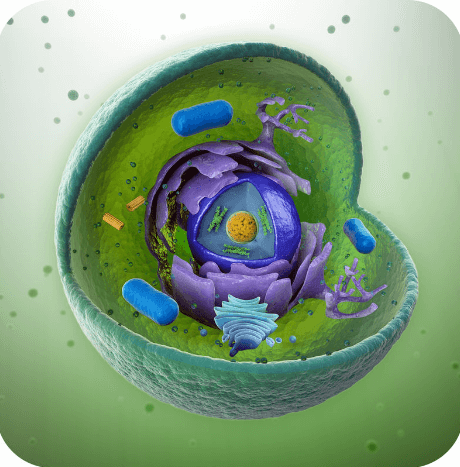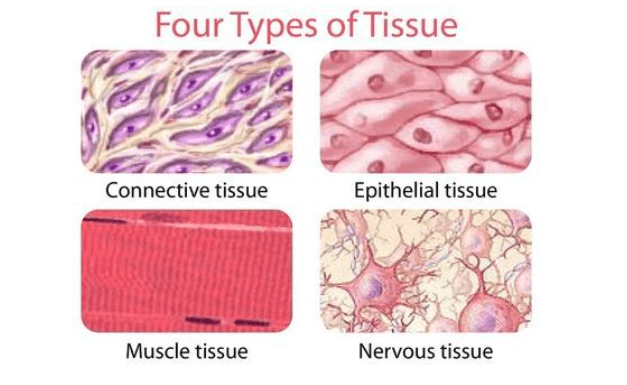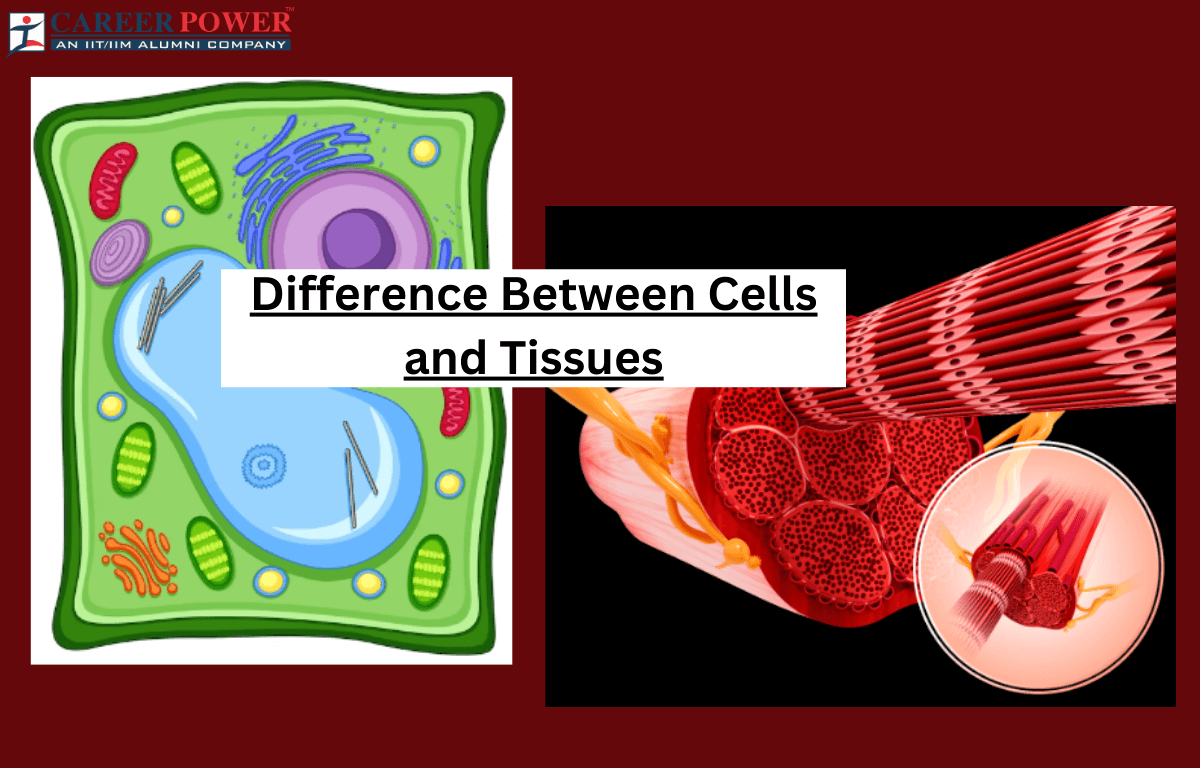Cells and Tissues
Cells are the smallest units of living organisms, akin to individual workers. Tissues, on the other hand, are groups of specialized cells collaborating to perform specific functions. Picture cells as employees, each with unique skills, and tissues as departments where these skilled individuals come together to achieve common goals. For example, muscle tissue coordinates cells for movement, while nerve tissue facilitates communication. Cells are the essential components and tissues represent the organized teamwork critical to the functioning of living organisms.
Define Cells
Cells are the basic building blocks of life. Think of them as tiny, bustling factories within living organisms. These microscopic units carry out essential functions to keep organisms alive and functioning. Cells come in various types: each with specific roles, but they share common features. At the core of a cell is the nucleus, like a control center that houses genetic information. Surrounding the nucleus is the cytoplasm, a jelly-like substance where many activities occur.

Cells are enclosed by a membrane, acting as a protective barrier and regulating what enters or exits. There are two main types of cells: Prokaryotic cells (simple, lacking a nucleus) and Eukaryotic cells (complex, with a nucleus). In multicellular organisms, cells collaborate to form tissues, organs, and systems. They perform tasks such as energy production, growth, and Reproduction, ensuring the survival and functioning of living organisms.
Define Tissues
Tissues are a group of simpler cells working together to perform specific functions in the body. Just as cells are the basic units of life, tissues are the next level of organization. Different types of tissues combine to create organs, which then contribute to the overall structure and function of organisms. There are four primary types of tissues in multicellular organisms: Epithelial, connective, muscle, and nervous tissues. Epithelial tissues form protective layers and linings, while connective tissues provide support and structure.

Muscle tissues enable movement, and nervous tissues transmit signals. For example, in the human body, muscle tissues in the heart contract rhythmically to pump blood, epithelial tissues line the digestive tract for absorption, connective tissues hold organs in place, and nervous tissues transmit signals for coordination. Tissues collaborate to maintain the stability and functionality of organs and, consequently, the entire organism.
Difference between Cells and Tissues
Below we have tabulated a few points that will highlight the differences between cells and tissues.
| Difference Between Cells and Tissues | ||
| Characteristics | Cells | Tissues |
| Definition | The cell is the basic unit of life, the smallest structural and functional component of organisms. | Tissues are a group of cells with similar structure and function working together. |
| Composition | Individual units with specific organelles and functions. | It is composed of groups of cells, extracellular matrix, and sometimes non-cellular components. |
| Functions | Cells carry out specific functions within an organism. | Tissues perform specialized tasks by coordinating the functions of the cells within them. |
| Size | Cells are typically smaller, ranging from micrometers to millimeters. | Tissues are larger structures formed by the aggregation of cells. |
| Structural Organization | Cells have a specific structure with a cell membrane, nucleus, and organelles. | Tissues are organized in a structured manner to achieve common functions |
| Independence | Cells can function independently in some cases. | Tissues are dependent on the collaboration of cells to perform specific functions. |
| Examples | Examples of cells include nerve cells, muscle cells, and red blood cells. | Examples of Tissues include muscle tissues, nervous tissue, and epithelial tissue. |
| Hierarchy | Cells are the fundamental unit that makes up the tissues. | Tissues form the next level of organization above cells. |
| Reproduction | Cells can reproduce independently through processes like mitosis. | Tissues do not undergo independent reproduction; new tissues form through cell division and differentiation. |
| Role in Organism | Cells execute specific functions vital for the survival of the organisms | Tissues contribute to the overall structure and functioning of organs and systems within the organisms. |
Functions of Tissues and Cells
Cells are the basic structural units of living organisms. While tissues, on the other hand, are groups of cells with similar structures and functions. Here we have discussed some of the general functions of cells and tissues below. Understanding these functions helps grasp the complexity and coordination required for the proper functioning of organisms.
Functions of cells
- Cells produce energy through processes like glycolysis and oxidative phosphorylation.
- Cell Division: Cells replicate through mitosis to support growth, repair, and reproduction.
- Synthesis of Proteins: Cells use genetic information to synthesize proteins essential for structure and functions.
- Transport of Materials: Cells regulate the movement of substances across their membranes.
- Excretion: Cells eliminate waste products generated during metabolic processes.
- Homeostasis: Cells contribute to maintaining a stable internal environment by regulating various parameters.
Functions of Tissues
- Support and Structure: Connective tissues provide support and structure to organs and body parts.
- Muscle Contraction: Muscle tissues enable movement by contracting and relaxing.
- Communication: Nervous tissues transmit electrical signals for communication between different parts of the body.
- Protection: Epithelial tissues protect underlying structures and serve as barriers against pathogens.
- Transport: Vascular tissues, like blood vessels, facilitate the transport of nutrients, oxygen, and waste products.
- Secretion and Absorption: Glandular tissues secrete substances, while certain epithelial tissues aid in absorption.
- Repair and Regeneration: Tissues participate in the healing process by replacing damaged cells.



 50 Vegetables Name for Kids in English a...
50 Vegetables Name for Kids in English a...
 Food Chain: Definition, Types, Examples,...
Food Chain: Definition, Types, Examples,...
 Human Respiratory System: Definition, Di...
Human Respiratory System: Definition, Di...













